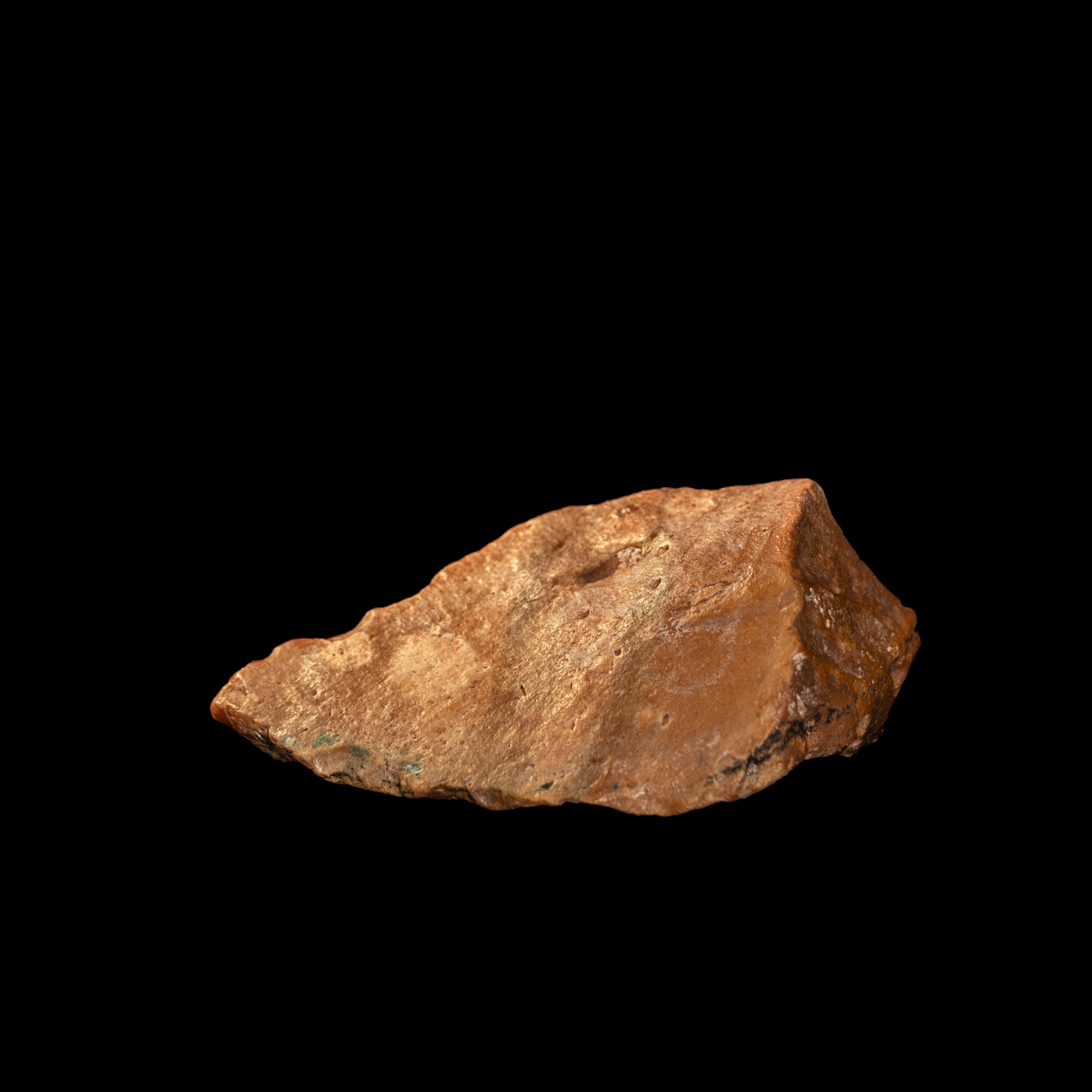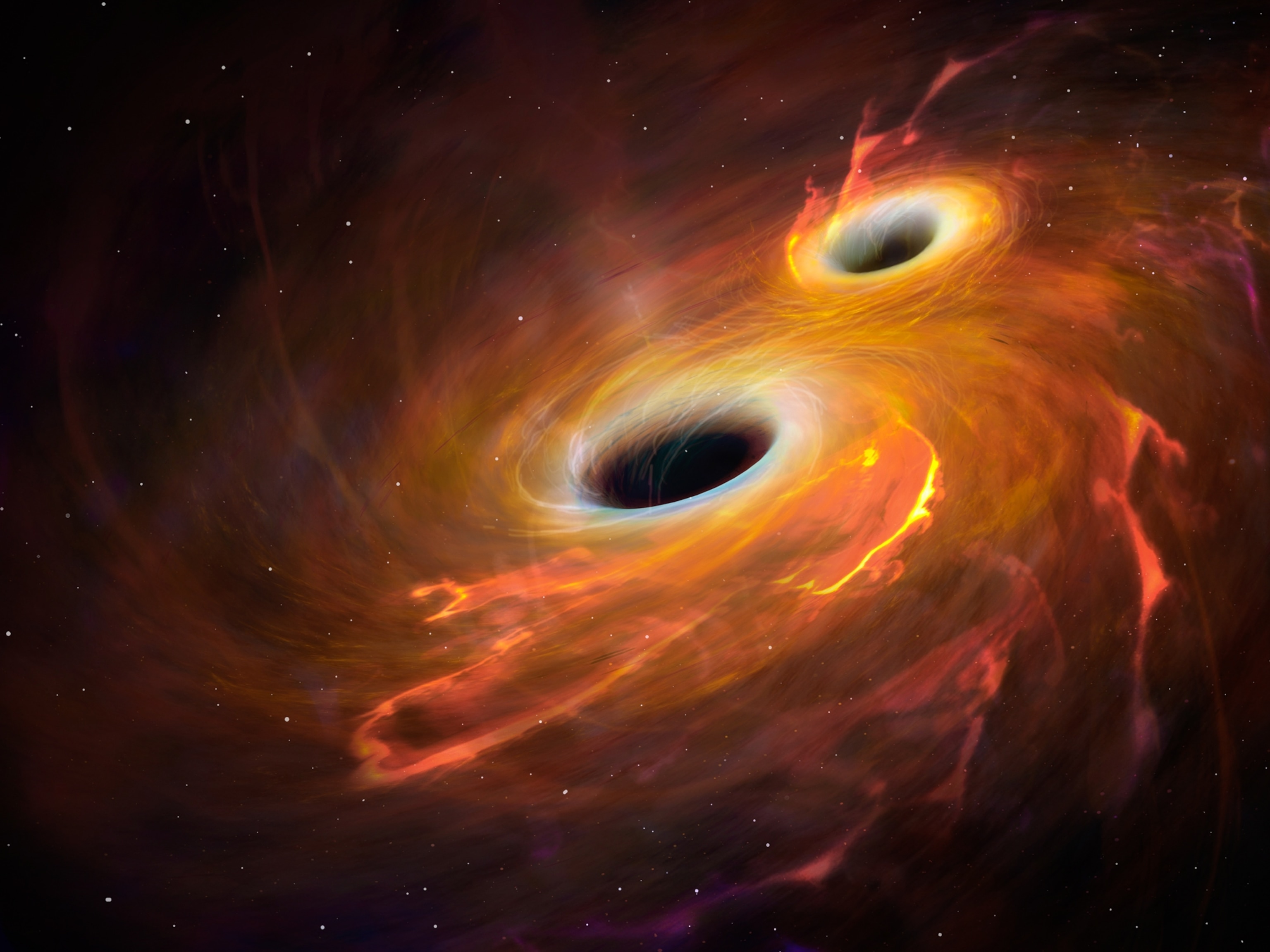Nearly a decade ago, a snippet of pinky bone found in Siberia introduced the world to a baffling new kind of ancient human. Called Denisovans, after the name of the cave in the Altai Mountains where the bone was found, these ancient relatives of the Neanderthals inhabited Asia for tens of thousands of years—yet no fossil trace of them has been found save that finger bone, a few teeth, and a scrap of skull, all from Denisova cave.
A study published today in Cell adds a surprising new twist to their mystery: DNA from a large sampling of living southeast Asians suggests that the ghostly Denisovans may be not one, but three distinct kinds of human, one of which is almost as different from other Denisovans as they are from Neanderthals.
What's more, while the Denisovans lived alongside humans for millennia, one group may have outlasted even the Neanderthals, who disappeared some 40,000 years ago. According to the study, these Denisovans co-existed and mixed with modern humans in New Guinea until at least 30,000 years ago—but perhaps as recently as 15,000 years ago—a date that, if confirmed, means Denisovans were the last known humans save ourselves to walk the Earth.
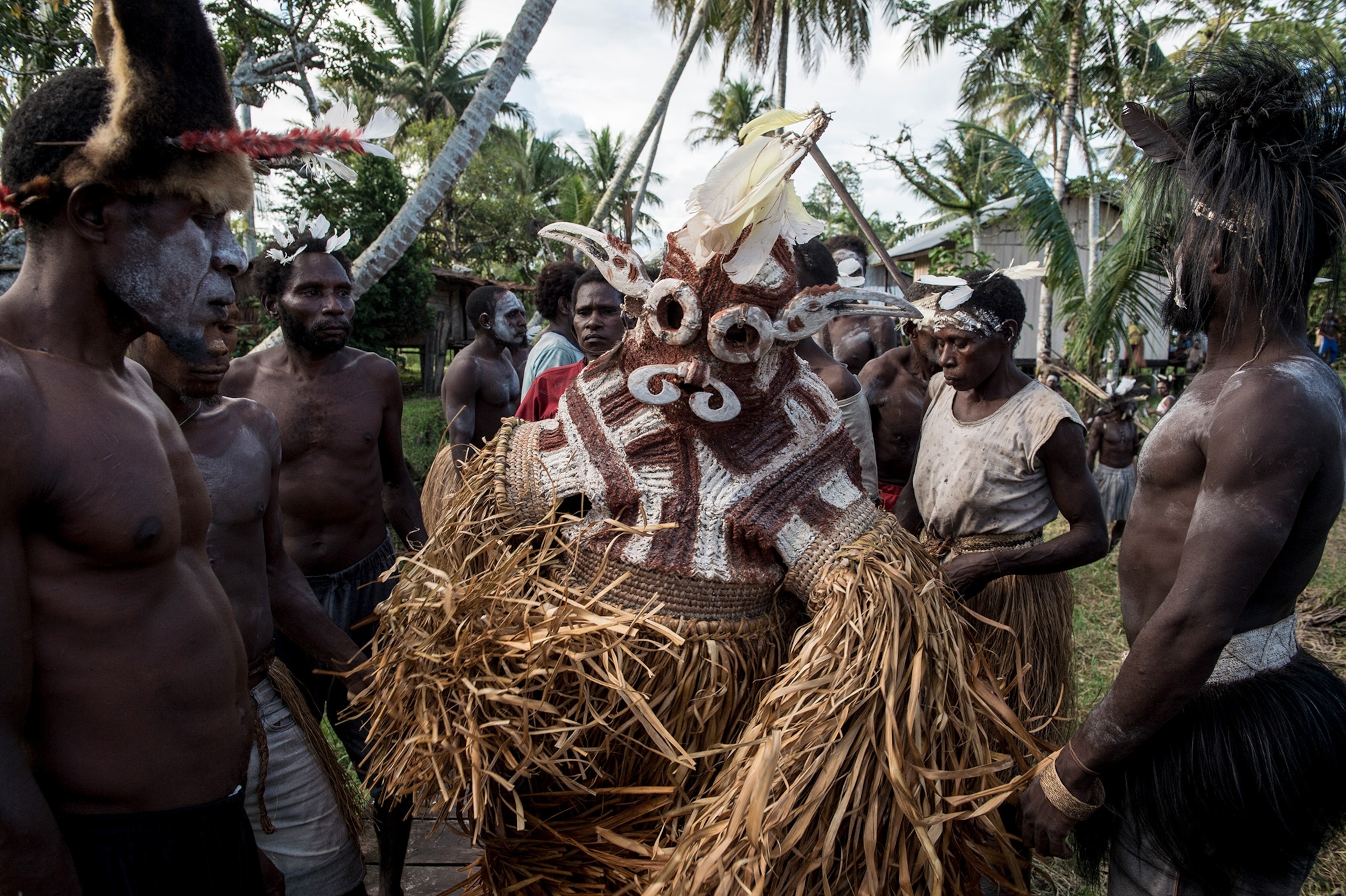
The provocative find joins a number of recent discoveries that continue to point to a stunning diversity of hominins in ancient Asia, including the announcement just yesterday of a new species, Homo luzonensis, in the Philippines.
“Suddenly it’s kind of crystalized that the center of diversity for archaic populations is in Islands Southeast Asia,” says study co-author Murray Cox of Massey University, New Zealand, referring to the Philippines, Malaysia, and the other archipelagos that make up the vast maritime region of the Asian subcontinent.
Sharon Browning of the University of Washington expresses both excitement and caution about the results and what they might mean. In 2018, Browning and her colleagues identified two waves of Denisovan interbreeding with modern humans, which the new study expands upon.
“It’s just one little piece of the story,” she says of the new work. “But every little piece we find helps us really fill it out.”
Denisovan predecessors likely split from their Neanderthal relatives at least 400,000 years ago. And while the Neanderthals fanned out across Europe and the Middle East, Denisovans spread through Asia, eventually breeding with ancestors of modern humans of Asian descent. By doing so, Denisovans left their genetic fingerprints in Homo sapiens for generations to come—providing additional clues to learn about their kind.
Human health to heady history
Cox and his colleagues didn't initially set out to search for Denisovan diversity. Instead, the team was interested improving healthcare in Indonesia and neighboring regions in Island Southeast Asia. A better understanding of the gene variants related to disease in the region could lead to treatments targeted more specifically to those populations.
“It’s very important to us,” says study author Herawati Sudoyo, senior research fellow at Indonesia's Eijkman Institute, which partnered with an international team for this latest work. While Indonesia is a hugely diverse country that hosts many genetically distinct people, she notes that “there was no genetic study being done because…the technology was not [yet] here in Indonesia.”
Among the genetic differences distinguishing those diverse groups were ones with tell-tale signs that the splits between populations occurred deep in the past. Interbreeding between H. sapiens arriving from their African homeland and other ancient humans inserted tidbits of DNA from those archaic relatives that are passed from generation to generation to the present. Today, non-African populations have up to two percent Neanderthal DNA, some of which is beneficial and help human immune systems guard against infectious disease.

But Neanderthals weren't the only human relative with which H. sapiens interbred after they trekked out of Africa some 64,000 years ago. Most people of Asian descent carry some amount of Denisovan DNA, but it's particularly high in Melanesians, whose genomes are up to six percent Denisovan. It's thought that the ancestors of modern Melanesians met and mated with these ancients en route to their island home.
To dive deeper into this legacy, Cox and his team sequenced 161 genomes from 14 island groups across Indonesia and New Guinea. They combined this data with 317 genomes from around the world and compared all of the data to genomes from both Neanderthals and the Altai Denisovan. As they lined up the ancient Denisovan DNA with the Denisovan bits of modern Papuans, the team expected to see just a single spike, where modern Papuan DNA clustered. Instead, it split into two strikingly separate peaks.
“It was either the world’s most boring artifact or it was something that was going to be really, really cool,” Cox says.
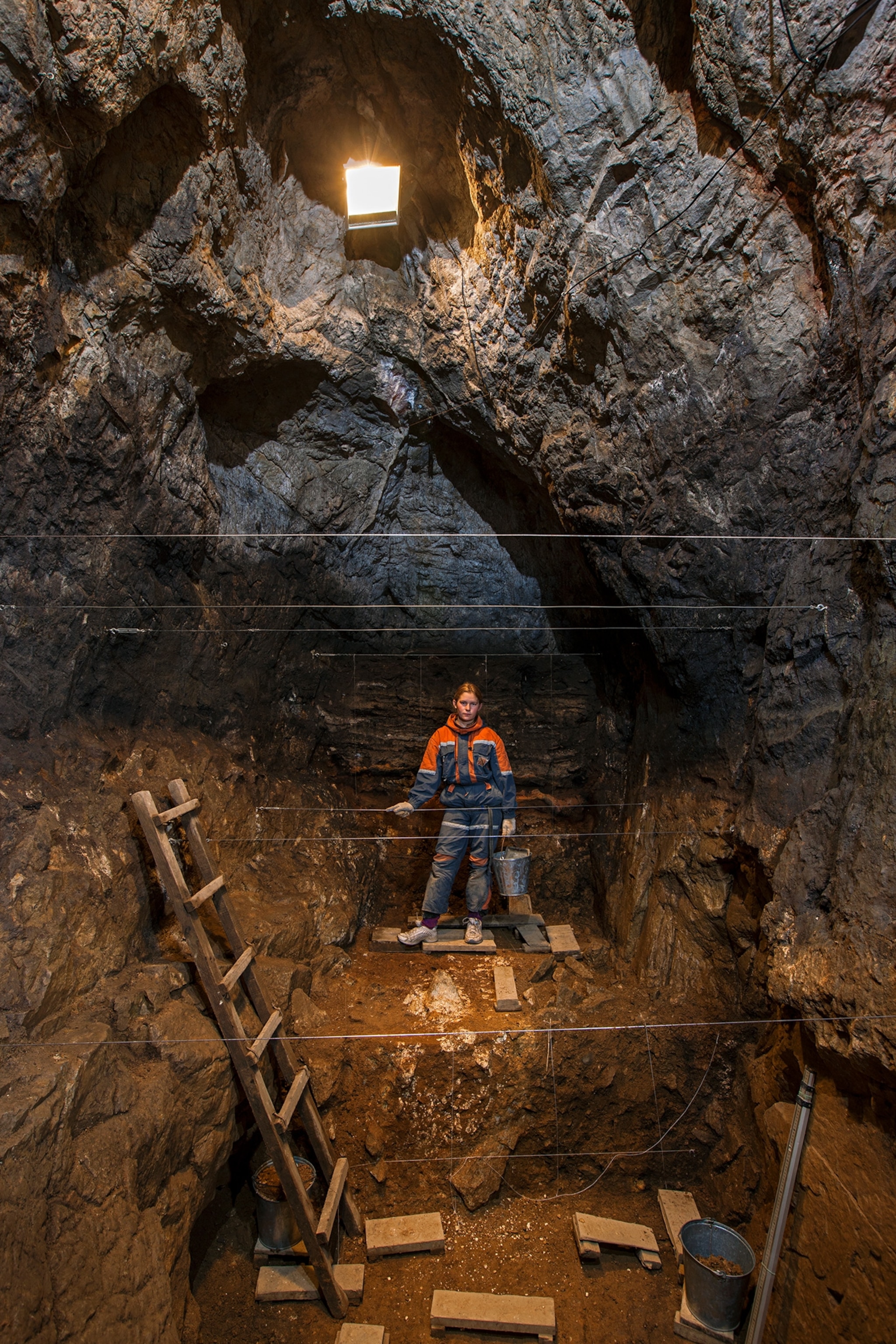
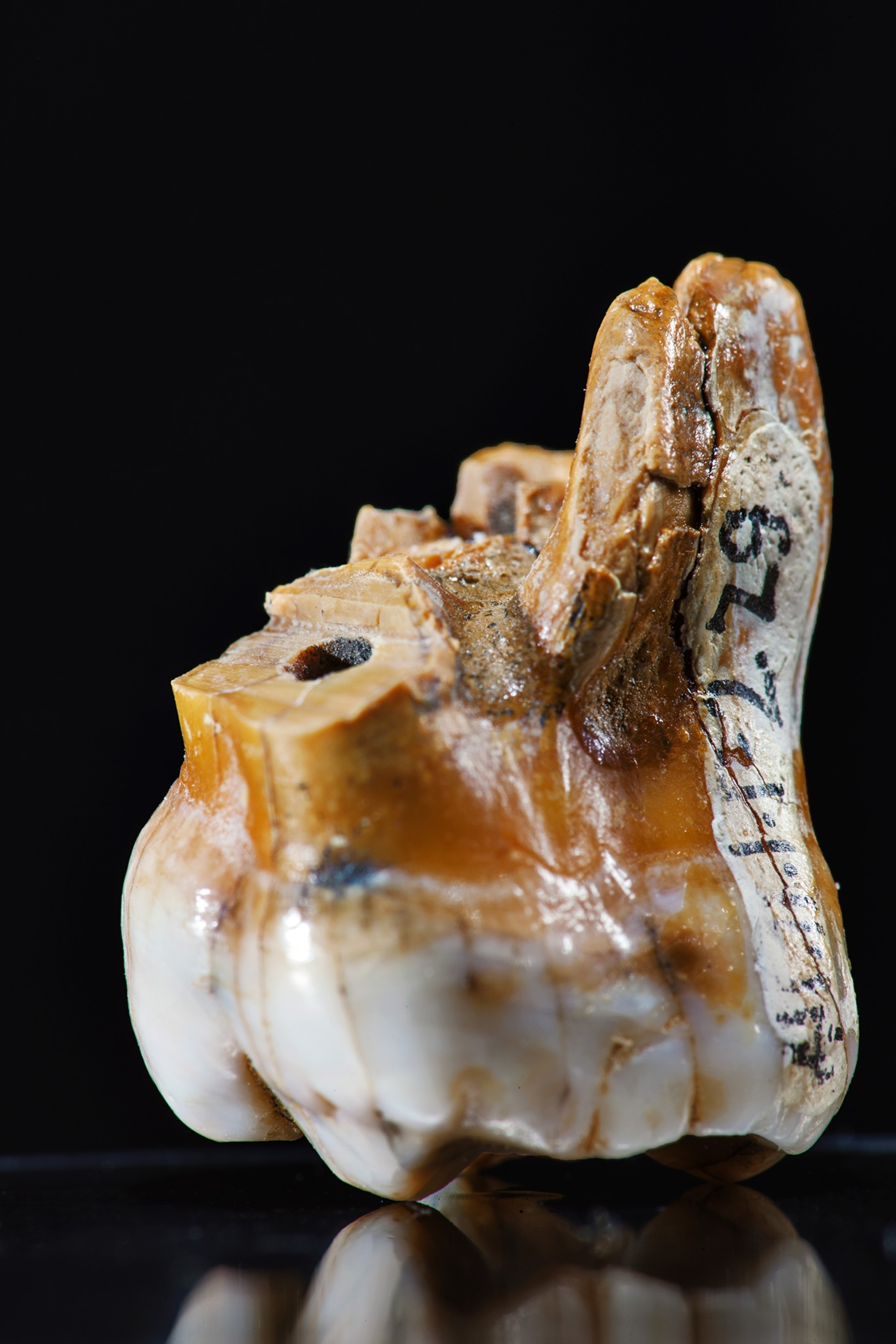
Reading the genetic soup
According to the new study, the double spikes are indeed cool: They likely represent two distinct groups of Denisovans in New Guinea that are genetically quite different from the Denisovans from the Altai mountain cave.
One group, which interbred with modern humans who now live across Southeast Asia and India, split from the Altai Denisovans some 363,000 years ago—fewer than 50,000 years after the Neanderthals line likely split from their common ancestor.
“I’m fully on board with that,” says Bence Viola, a paleoanthropologist at the University of Toronto and the leading expert on the little we know of Denisovan fossil morphology. He notes that as far back as 2010, when he and his colleagues first described the Denisovans, scientists noticed that the ancient hominin DNA in modern Melanesians was distinctly different than that extracted from the bone and tooth in Denisova cave. In 2014, he and his colleagues estimated these Denisovan populations split between 276,000 to 403,000 years ago, which brackets the newly proposed date.
But the true head-scratcher of this new study is the proposed third group of Denisovans that seem to have exclusively interbred with the ancestors of populations now in New Guinea, possibly mixing with them thousands of years after both Denisovans and Neanderthals were thought to have gone extinct.
This result is giving some scientists pause. For one, the study authors propose that this means Denisovans found a way to cross deep waters with strong currents—an obstacle scientists have long thought only modern humans with boats could navigate. But a number of finds in our century have challenged this notion: the short-statured Homo floresiensis of Indonesia, who inhabited Flores perhaps as far back as 700,000 years ago; the 118,000 to 194,000-year-old stone-tools on Indonesia's Sulawesi island; and most recently, the newly named 50,000 year old H. luzonensis, in the Philippines.
But whether this is true for Denisovans is still up for debate.
“The problem is simply that we don’t have any archaeological or fossil evidence for pre-modern humans in New Guinea or Australia,” says Viola. That doesn't mean it doesn't exist, he says, but “there’s so much we don't know there.”
Evolutionary geneticist Benjamin Vernot, who developed some of the methods used in this latest analysis, has additional concerns about how the data was analyzed. While the team identified both large and small bits of Denisovan DNA in the modern genomes, they limited their analysis to only the longest DNA segments identified as Denisovan to ensure with the highest confidence that the identification was correct.
While Vernot agrees with this reasoning, he says “I’m always quite suspicious when a result that you have requires you to do some analysis, identify tens of thousands of things, and then take 500 of those and perform your analysis on that.”
Still, Vernot and other researchers are optimistic about what can be gleaned from the new genetic datasets now that others can download and pore over the alphabet soup. “This is how science works,” he says.
For their part, Cox, Sudoyo and their colleagues are currently working to understand how the bits of Denisovan DNA influence modern human health. While a lot more work is needed, they already have a few promising hints that some of the genes play central roles in the immune system and the metabolism of fat. And Cox is excited about what the future holds for Indonesian research.
“My hunch is that there’s a few more interesting stories to come out of this region.”


